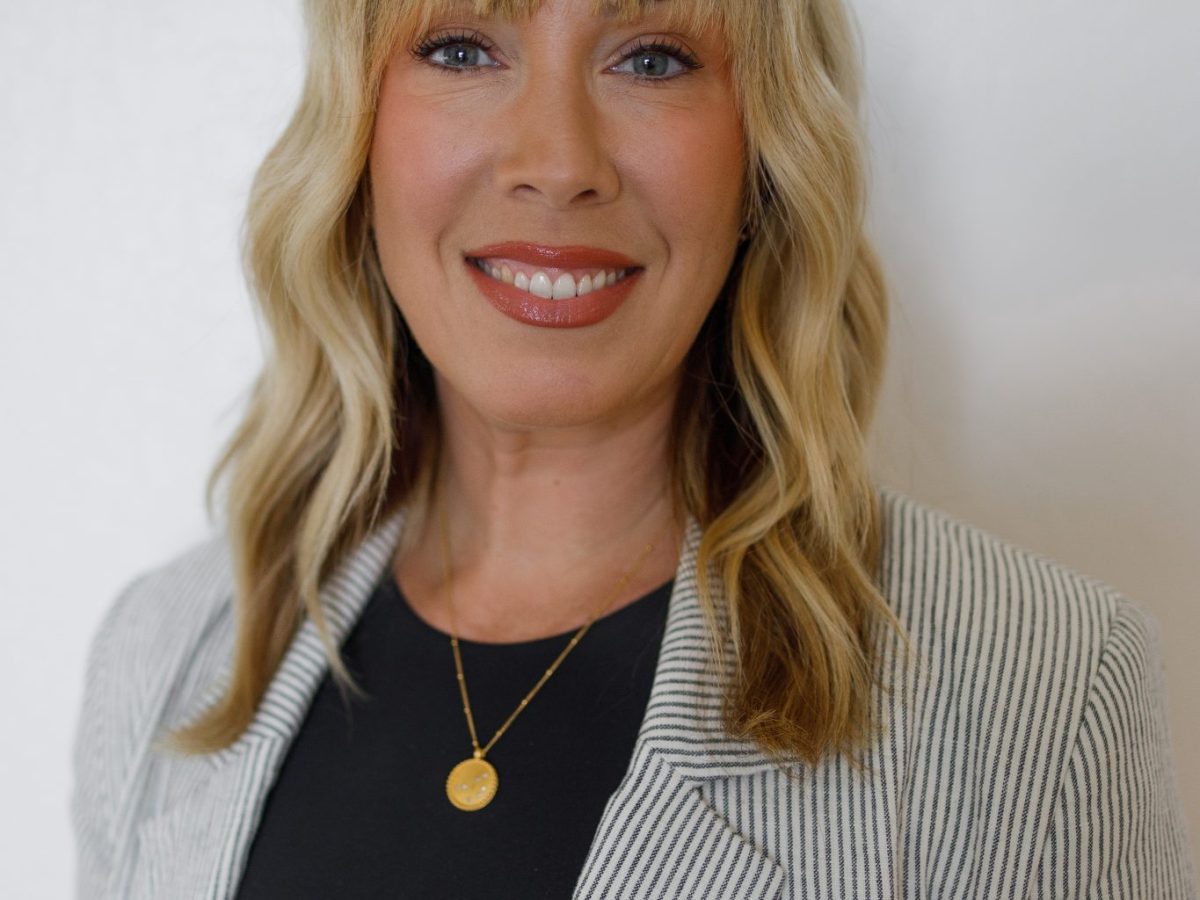Burnout and a nursing shortage in healthcare, have reached a critical point. Even before the pandemic, the nursing profession faced challenges such as an aging workforce and increasing demand for care. Today, the situation has escalated, with 42 out of 50 U.S. states projected to experience critical nursing shortage by 2030. This shortfall makes it increasingly difficult to meet the patient care standard of one nurse per four patients, leaving healthcare systems struggling to keep up.
Experts anticipated this crisis over a decade ago, citing the impending retirement of a significant portion of baby boomer-aged nurses. The global pandemic then pushed the already strained system to its near breaking point.
The impact of understaffing creates a vicious cycle. Fewer staff means heavier workloads, leading to burnout and more resignations, which further exacerbates the problem. This results in higher patient loads, longer wait times, increased stress for healthcare workers, and a greater risk of errors—all contributing to poorer patient outcomes.
Having endured the strain of the pandemic and its impact on healthcare workers, the system now has an opportunity to change. By addressing the root causes of burnout and supporting nurses through better staffing and workplace improvements, we can break this cycle and ensure a stronger, more resilient healthcare system.
Leveraging Technology
Technology is transforming the way we train future nurses by enhancing practical learning and creating opportunities for students to navigate real-life ethical decisions. Nursing schools, such as the Arizona College of Nursing, now utilize advanced simulation labs that immerse students in realistic environments—from hospital rooms to home care settings. These labs allow students to refine critical skills in scenarios that closely mimic real physiological responses.
Before entering clinical rotations, students gain hands-on experience in identifying heart and lung symptoms, assisting with childbirth, recognizing strokes, and practicing other vital skills. They also lead their peers in active clinical decision-making, preparing them to handle complex situations with confidence.
In addition to improving training, technology can alleviate stress for healthcare workers by streamlining administrative tasks, scheduling, and communication. Reducing these burdens helps create better outcomes for both healthcare teams and patients.
Flexibility and Accessibility in Nursing
There is a pressing need to expand opportunities for career changers and non-traditional students by offering flexible scheduling, especially for those balancing school with other responsibilities.
Working three consecutive 12-hour shifts—often stretching to 14 hours or more—is unsustainable and a direct path to burnout. Staff scheduling should prioritize manageable workloads to support long-term retention and well-being.
To meet the growing healthcare demands, the profession must be accessible to students from diverse backgrounds and life situations. Many students today juggle school, work, and family obligations. By providing flexible options and resources to help them overcome potential barriers, we can support their success and build a stronger, more inclusive healthcare workforce.
Providing a Network of Support
Nursing is an incredibly challenging profession, both academically and in practice. Educators and clinical partners must work together to prepare nurses for the realities of the job, including handling loss, stress, and tough decisions. Offering mentorship, individualized learning opportunities, and mental health resources can significantly reduce burnout.
Partnerships between clinical organizations and educational institutions are vital. These collaborations help new nurses transition smoothly into the workforce, reducing “first-year burnout” and ensuring they are fully prepared to deliver quality care. Support roles across healthcare systems must also adapt to evolving needs, as they play a crucial role in sustaining a functional and healing environment.
By addressing these areas—technology, flexibility, and support—the healthcare industry can take meaningful steps toward breaking the cycle of burnout, addressing staffing shortages, and creating a sustainable future for nurses and their patients.
Editor’s Note: Dr. Amber Kool, DNP, RN is Associate Vice President of Assessment and Development at Arizona College of Nursing, a nationally recognized nursing school that offers a three-year Bachelor of Science in Nursing (BSN) program at 20 campuses across 13 states.
Dr. Kool’s journey in the nursing profession began in 2012, with a focus on mental health. However, it was her experience in pediatrics, particularly in the NICU, that ignited her passion for teaching. Her time in the NICU, where she mentored newly graduated nurses, inspired her to pursue a career in nurse education.
Dr. Kool started teaching at Arizona College of Nursing as an adjunct faculty member and has held several roles since, including Associate Provost and Director of Curriculum. She provides faculty and campus support in program effectiveness and accreditation in her current role. Dr. Kool is passionate about continuous innovation and using experiential learning to improve clinical decision-making and learning outcomes for nursing students.
Dr. Kool holds a DNP in Educational Leadership from American Sentinel College of Nursing & Health Sciences at Post University. She received an MSN and a BSN degree from Grand Canyon University.
In her free time, she loves spending time with family and friends, staying active in sports, traveling, and finding outdoor activities in her home state of Arizona.
